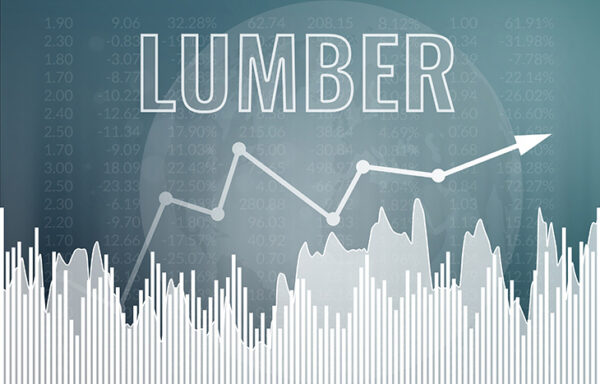How Smart Investors Buy Silver and Gold
It’s easy to see why silver and gold are the world’s oldest and most popular hedge investments.
Our financial system is quite healthy at the moment. Even amidst shifting policies and political unrest, it’s not facing any existential threats. But ultimately, money, equity and debt are social constructs. Their value comes from human behavior, not from their intrinsic properties.
But you know what does have intrinsic value? Shiny stuff.
To be clear, we’re not advocating the transfer of a large portion of your portfolio into precious metals. But during times of uncertainty and upheaval, it’s nice to have some precious metals in the mix. That’s why this article is showing you the basics of how to buy silver and gold.
There are a variety of investment vehicles for buying silver and gold. Aside from physical metal bullion, there are also funds, miner stocks, certificates and derivatives that can give you easier exposure. Let’s look at the pros and cons of each option.
Silver and Gold Bullion and Certificates
Precious metals investors tend to fall into one of two categories.
The “hedgers” don’t treat gold and silver differently than any other financial asset. They’re investing in precious metals as a hedge against inflation or financial volatility. Hedgers don’t need physical access to their metals. Ultimately, they plan to sell them for money or other assets in a time of financial stability.
Then there are the “preppers” – doomsday preppers, that is. These people invest in precious metals as a hedge against war, major political instability, natural disasters, or other “total breakdown of society” scenarios that would render money and other assets worthless. Preppers intend to use their silver and gold holdings as currency after the apocalypse. So they need it to be in their physical possession.
For the most part, it only makes sense to invest in silver and gold bullion – that is, actual metal pieces – if you’re a prepper. For one thing, physical items can be lost or stolen. A burglar can’t break into your house and take your stocks. There are also maintenance concerns with silver and gold – both can tarnish unless you keep them clean and protected from the elements.
And perhaps most importantly, precious metal bullion tends to underperform precious metal securities on the market. More on that in a moment.
One way to get around the hassle of buying bullion is to buy silver and gold certificates instead. They’re financial notes which entitle the holder to a certain amount of bullion, and they directly track its price. In some ways, certificates are a nice compromise between metal bullion and metal equities. A certificate investor doesn’t have to worry about transportation, storage or security.
But on the other hand, they also lack the one major benefit of bullion. If society breaks down into apocalyptic infighting tomorrow, your certificates are just pieces of paper. Without financial institutions which can redeem gold and silver certificates for bullion, they’d be as worthless as money.
If you want to invest in silver and gold because you believe that we’re on the brink of a Mad Max-level collapse of human civilization, then go ahead and buy bullion. We strongly disagree with your predictions, but we don’t judge you for them.*
However, if you want to buy precious metals as part of a balanced and successful portfolio, then you will probably prefer the methods listed below.
Silver and Gold Stocks and Funds
A much more financially efficient way to buy silver and gold is through a stock or fund.
Precious metals securities come in several flavors. Let’s start with commodity ETFs. They’re funds which invest directly in bullion.
Silver and gold ETFs give you some of the benefits of bullion ownership. Unlike stock in a mining company, there are no business concerns which affect their prices. Plus, they tend to diversify across many sources and types of gold bullion. This gives ETF investors better performance and more reliability than those who buy the stuff themselves.
For gold, the SPDR Gold Shares ETF (NYSE: GLD) is a classic choice. For silver, the iShares Silver Trust ETF (NYSE: SLV) is another standby. Both are up slightly over the past year.
Mining stocks are another type of gold and silver equity. They don’t track the price of bullion as closely as commodity ETFs. That’s because they’re businesses which extract gold, not just funds which buy it. That means their prices are affected by overhead costs, advancements in mining technology, changes in regulations, and the opening and closing of other mines.
That introduces more volatility, but that’s not necessarily a bad thing. Below is a graph of a gold miner ETF and a silver miner ETF. They are the VanEck Vectors Gold Miners ETF (NYSE: GDX) and the Global X Silver Miners ETF (NYSE: SIL), specifically.
As you can see, these miners outperform both bullion and commodity ETFs.
There are also silver and gold mutual funds, which may invest in a combination of bullion, miners, and commodity funds. These provide a more balanced and diversified exposure to the precious metals. The Vanguard Precious Metals and Mining Fund (MUTF: VGPMX) is a popular choice which offers exposure to both metals.*
Silver and gold predate paper cash, stocks, bonds, and basically all other investments. It’s easy to see why. Equities, debt and money derive their value from what they represent. Silver and gold derive their value from what they are.
Whether you’re a prepper who’s saving for the end times, or a hedger looking for a safe haven asset, silver and gold will always have a place in many portfolios.*
*Disclaimer: The views and opinions expressed in this article are those of the author and do not necessarily reflect the official position of Wall Street analysts.








